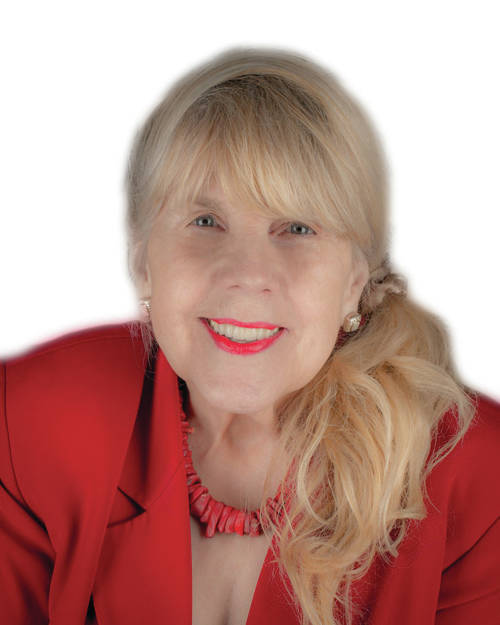
The lines of poems I memorized in high school come back to visit me at moments when I need them. I regularly pull chapbooks nestled among my books and marvel at the talents of poets I know who have been named Ohio Poet of the Year, Cathryn Essinger, Lianne Spidel, Myrna Stone. Their approaches tell me, again, that the world is large and demands that poets explore subjects that are common to the human experience: innocence, experience. They invite us into their worlds and we revel in their mastery: “Prick the skin of a memory/ and there is no blood,/ just the ever widening slit / as darkness blossoms again.” – Cathryn Essinger.
“Today would be a good day/ to turn up, crabapple petals tumbling/ in the breeze, catching at the edges/ of the walk, a welcome. Come before they turn/ the sepia of old snapshots/ in which you never appear.” – Lianne Spidel.
“Aye, good boys they was, good boys both,/ till six months past when their dispositions/ soured. No fool she, their mother, loathe/ to play the harpy with us on our disruptions …” – Myrna Stone.
On occasion, I get a poem on Facebook from Kentucky poet Lee Pennington. I honor it, as I tell my students to do, by reading it three times to understand the ways in which he plays with language to convey meaning: “river lovers find their/ way back to sea/ seek places never/ before witnessed/ rock silent honeysuckle/wet wind/ vine trees hold an owl’s/ cry/ bird language limb and/ wing … .”
I’ve been teaching telecommunication union employees, and I’m pleased to read poems written by my students who’ve begun to experiment with language and are pleased with their success: “No home/ To call my own/ I ride the rails/ If all else fails/ Though innocent or sinned/ I reside therein/ I am the street.” – Paul Beckles.
From the samples, I’m sure you have a sense of where you are as a poet, or where you’d like to be. The column today is for readers who’ve never written but would like to try. Let’s start small with some types of poetry that are easy to write. You might want to put your poem on a card and give to someone. Believe me, unlike the greeting cards that quickly end up in the trash, your words will be treasured and kept in a special place.
Let’s begin with a hay(na)ku, developed in 2003 by Eileen Tabios: line one – one word; line two – two words; line three – three words. Example: “You/ are capable/ of great love” or “Touch/ my mind/ hold my heart.” – Beckles. You can also reverse the order and create a series. Example: “Life/ can be/ on our own but life is/better with/ you.” – Beckles.
A list (catalog) poem is merely a list of collections, names, actions, places, images that somehow function to convey meaning. It can, for example, be a list of cars you have owned. You can conclude with a statement/a suggestion about the meaning of those cars.
You studied haikus in school (a total of 17 syllables with a 5/7/5 arrangement in which you present an image from the natural world). The poem in untitled, unrhymed, and expresses or suggests meaning.
If you have artistic talent, draw images around your poem or you might want to print it on copy paper. Always sign and date your poems. And never share them with anyone who will discourage you, give you negative feedback.
In conclusion, know that as Americans we are prone to break rules, so discard any conventions that interfere with what you want to communicate. Know also that I’m interested in hearing from you. Have you located a poem from your past or a new one? Have you attended a session at your local college or library or arts center? Have you bought a book of poetry? Have you written a poem? Maybe you’re on a roll and have written a dozen poems. Email me and I’ll share your responses in a column at the end of the month.


